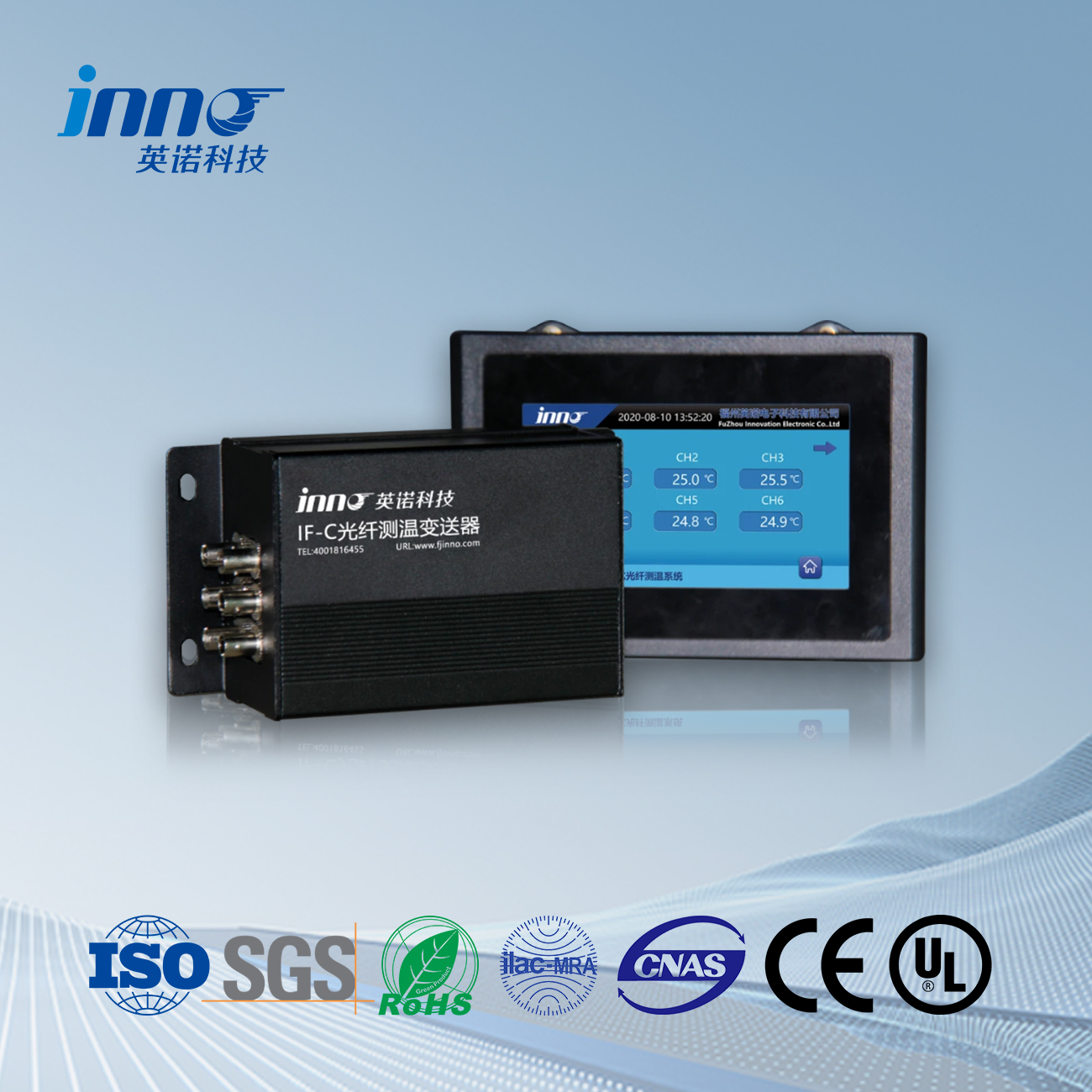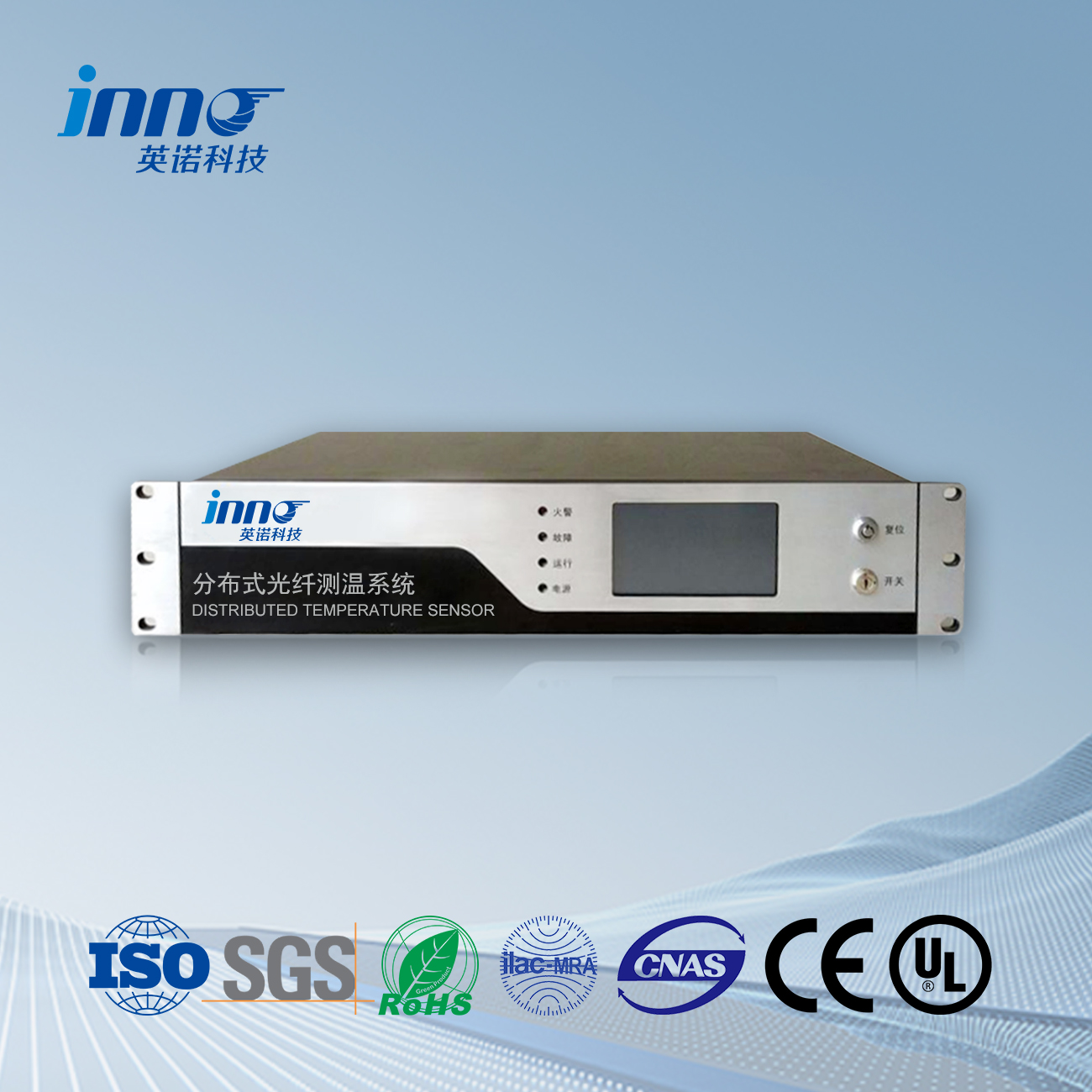
光纤温度传感器有很多优点, 但几乎没有缺点. 在价格方面, 它可能比传统的 PT100 温度传感器略贵. 用于传统传感器, 例如 PT100 温度传感器, 有明显的优势.
光纤温度传感器按工作原理可分为功能光纤温度传感器和透射光纤温度传感器
功能性光纤温度传感器利用了光纤的各种特性 (如 phase, 极化, 强度, 等。) 随温度变化,用于温度测量. 虽然这种类型的传感器具有集成传输和传感的特点, 它还增加了致敏和脱敏的难度.
The optical fiber of the transmission type 光纤温度传感器 only serves the purpose of optical signal transmission to avoid the complex environment of the temperature measurement area. 被测物体的调制功能由其他具有物理特性的敏感元件实现. 由于光纤和传感头之间的光学耦合问题,这种类型的传感器增加了系统的复杂性, 并且对机械振动等干扰更敏感.
光纤荧光温度传感器
光纤荧光温度传感器是目前一种正在积极研究中的新型温度传感器. 荧光测温的工作机理是基于光致发光的基本物理现象.
所谓光致发光,就是光发射现象, 当材料被紫外线中的光激发时,就会发生这种情况, 可见, 或红外区域. 发射的荧光参数与温度一一对应, 并且可以通过检测它们的荧光强度或荧光寿命来获得所需的温度.
1. 在电磁/射频环境中, 传统的温度测量方法受到严重影响,无法正常工作;
2. 对精度要求特别高, 敏感性, 寿命, 稳定性/可靠性, 等;
3. 安装环境狭窄,对传感器尺寸有特殊要求;
4. 易燃的, 爆炸物, 和腐蚀性环境对安全性/耐腐蚀性有特殊要求.
5. 雷击, 户外和其他恶劣环境.
6. 测试现场能源供应困难.
Fiber optic fluorescence temperature sensors have their own unique advantages compared to other fiber optic temperature sensors: 由于荧光寿命和温度之间的内在关系, 它与光强度无关, 可以制造自对准光纤温度传感器. 然而, general fiber optic temperature sensors based on light intensity detection require frequent calibration due to the fact that the optical transmission characteristics of the system are often related to transmission fibers and fiber couplers.
光纤温度传感器, 智能监控系统, 中国分布式光纤制造商
 |
 |
 |
 INNO光纤温度传感器 ,温度监测系统.
INNO光纤温度传感器 ,温度监测系统.
